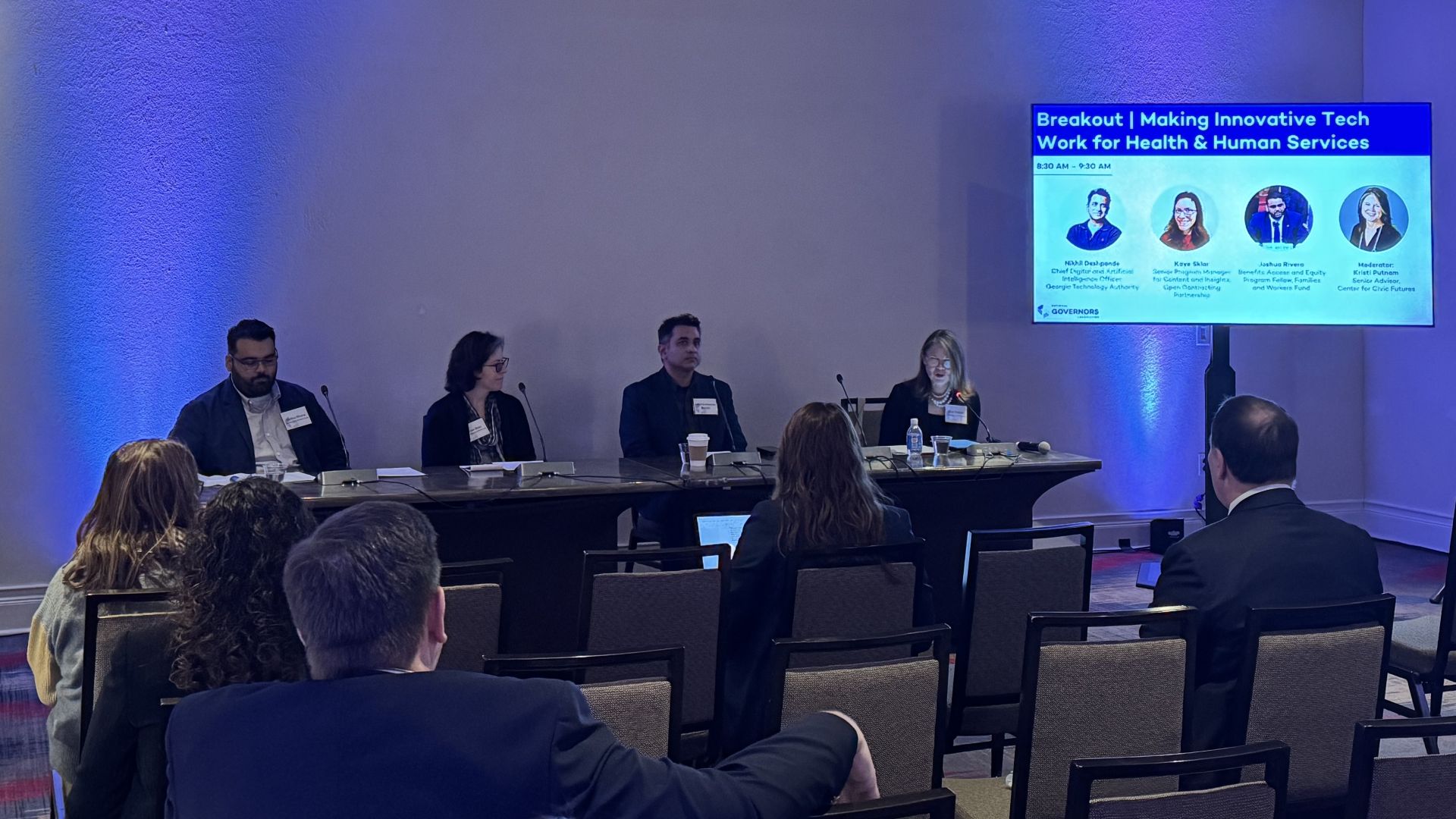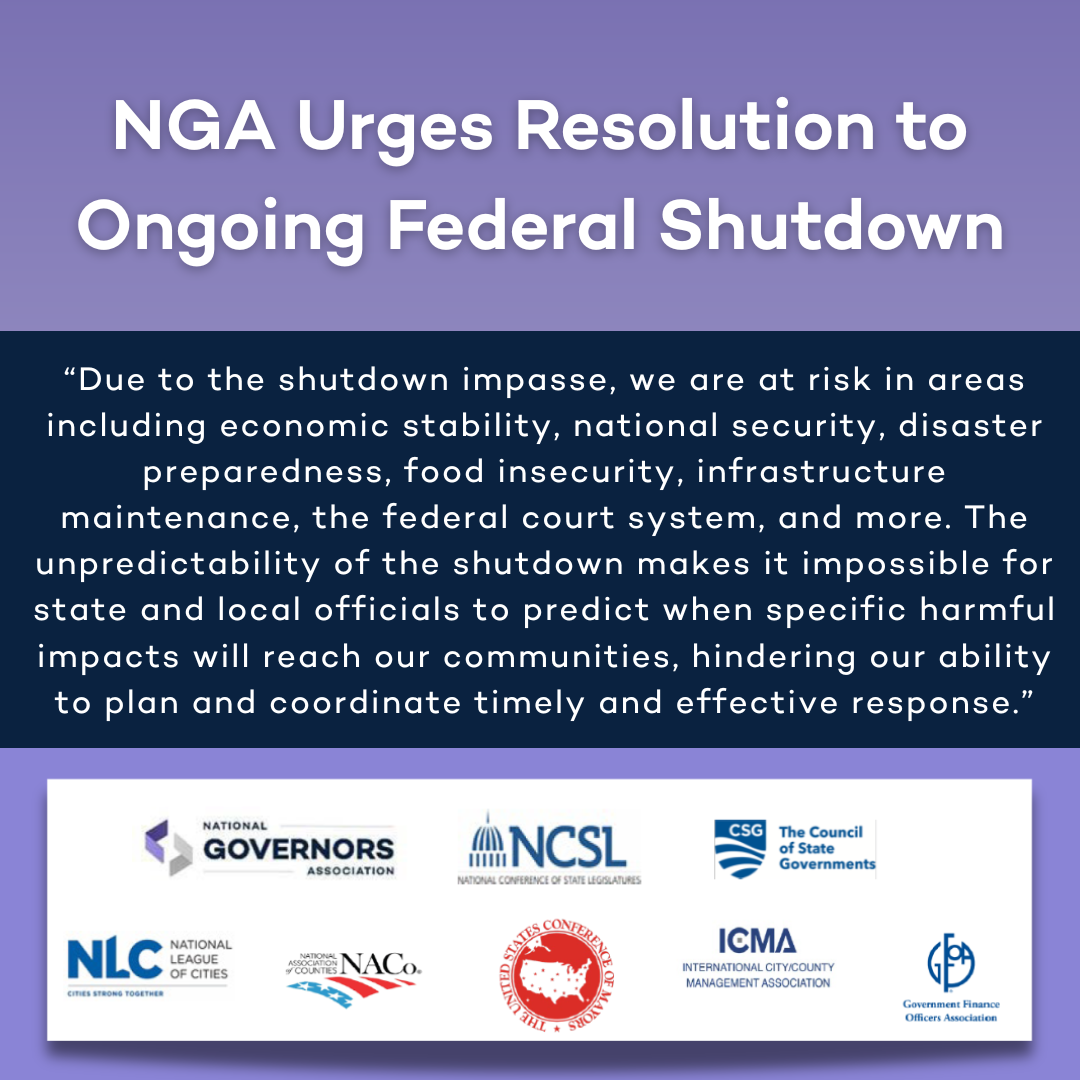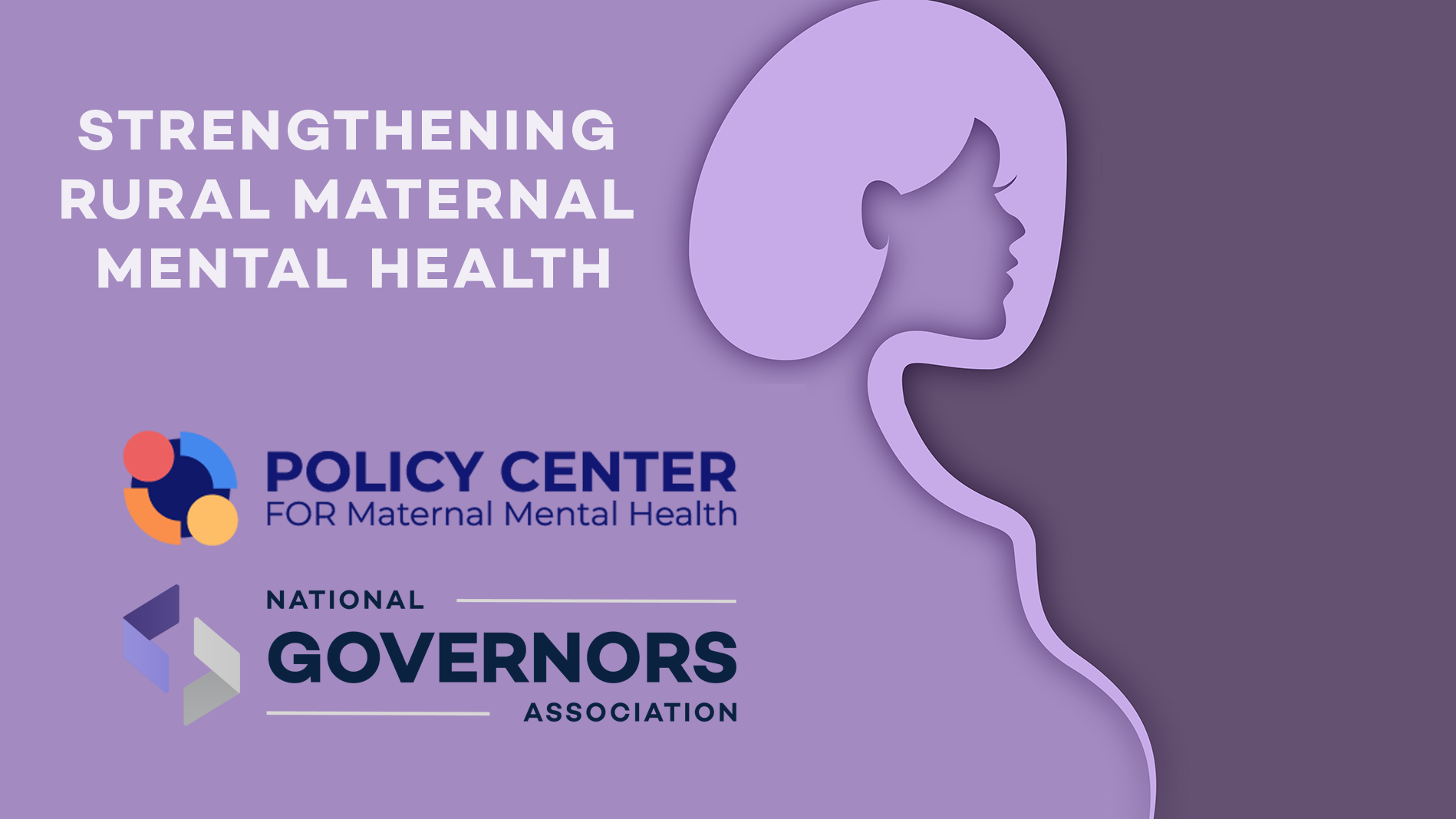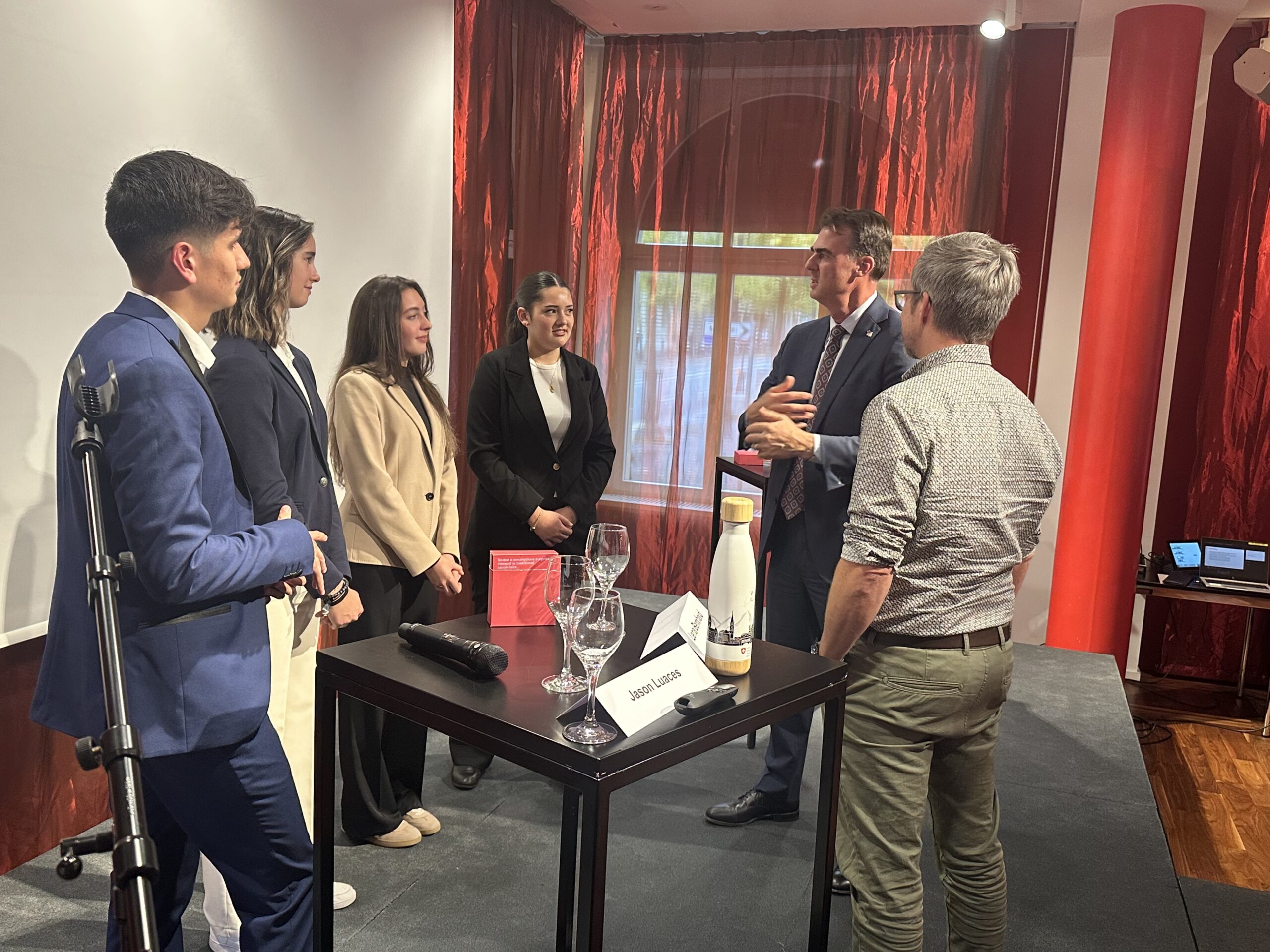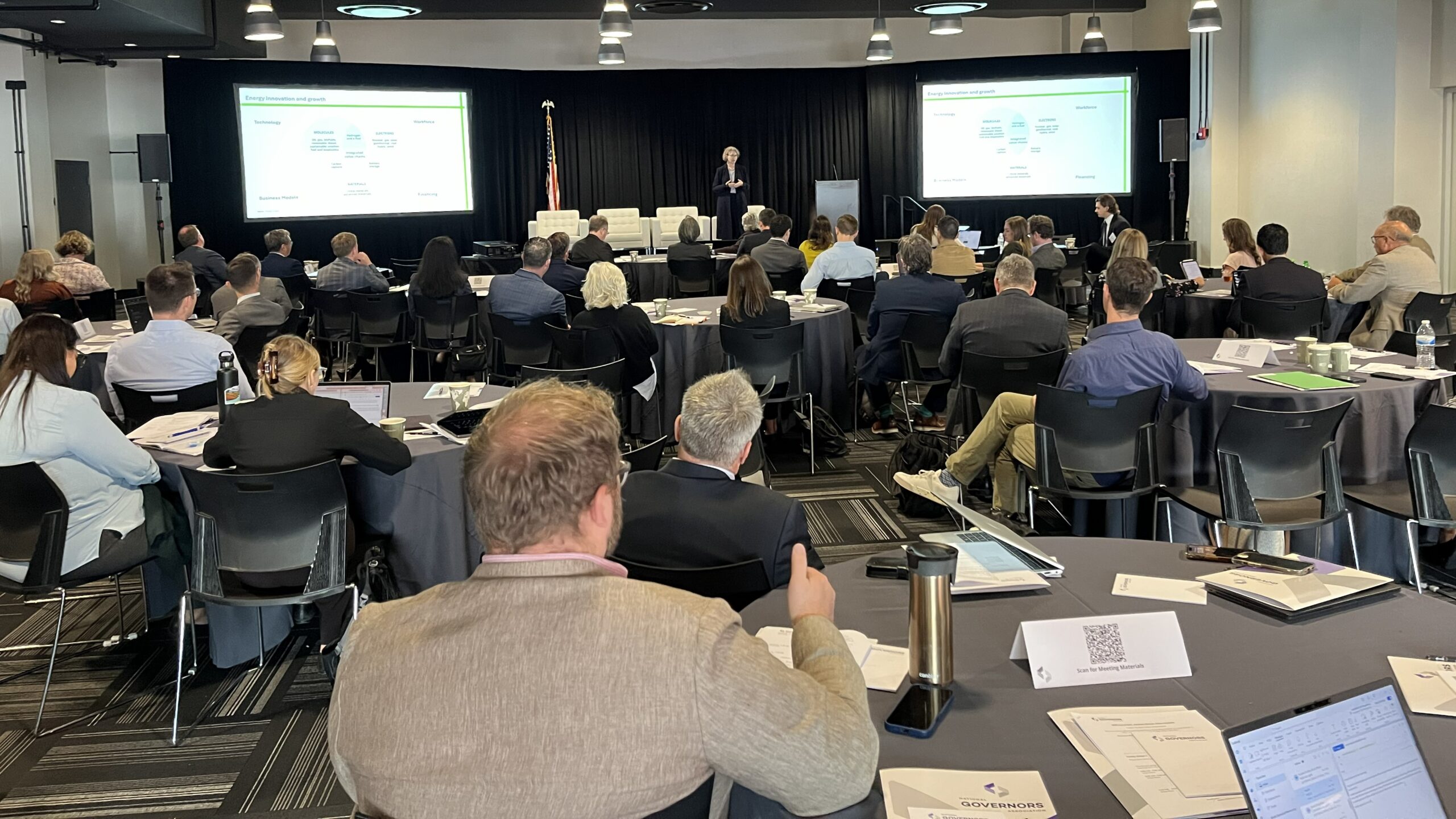Nuclear energy is having a moment. That was the consensus during a briefing the NGA Economic Development and Revitalization Task Force recently hosted in conjunction with the Nuclear Energy Institute (NEI).
NEI Executive Director of New Nuclear Marc Nichol gave an update on the latest state and federal policy trends, as well as the impacts of nuclear energy on state GDP, consumer costs, reliability and emissions goals. Nuclear energy generates 19% of U.S. electricity, according to the latest estimates, operating from 94 reactors at 53 plant sites across the country. NEI utility member companies produce nearly half of all zero-emissions electricity in the U.S. and NEI survey research indicates these companies anticipate 100 gigawatts of new nuclear opportunity by the 2050s.
Nichol stated that almost 30 states have taken action to advance nuclear energy, with legislation and executive orders falling into four categories: exploring nuclear technology with studies, working groups, commissions and task forces; recognizing nuclear as a clean energy resource; removing barriers and signaling support; incentivizing nuclear technology and supply chain.
A Bipartisan Focus
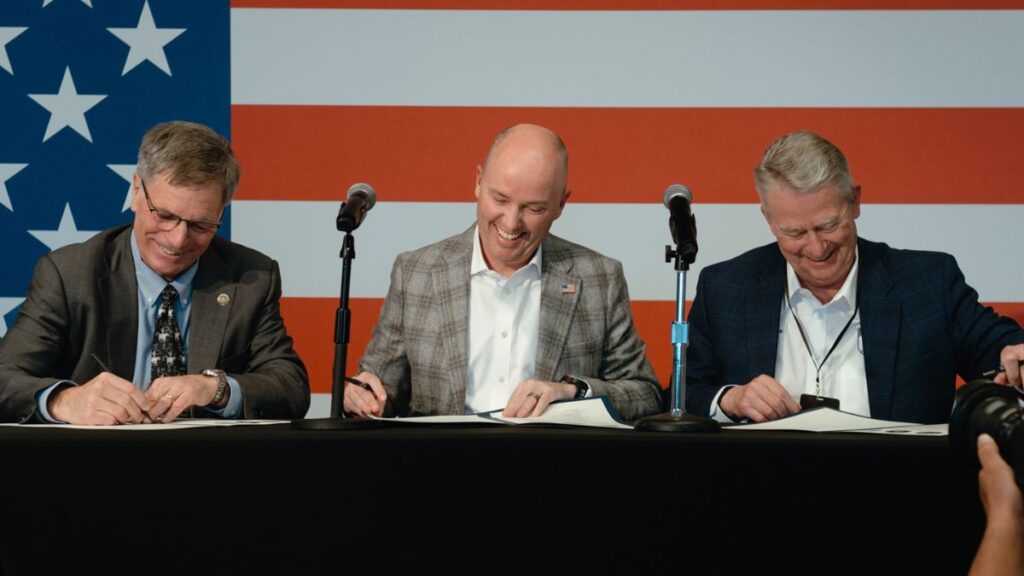
In April, Idaho Governor Brad Little, Utah Governor Spencer Cox and Wyoming Governor Mark Gordon signed a Memorandum of Understanding (MOU) to strengthen regional collaboration on energy policy, infrastructure development, and nuclear energy innovation. During “Built Here: Nuclear Energy Summit,” hosted in Utah by Governor Cox, the Governors agreed to a cooperative framework to align energy-related efforts across the three states. The compact focuses on advancing energy resilience, coordinating infrastructure, advocating for commonsense federal policies, and accelerating the development of reliable, affordable nuclear energy.
“Today, we brought together industry leaders, investors, and policymakers to chart the course for nuclear energy,” stated Governor Cox. “Our new compact strengthens our shared commitment to aggressively pursue more affordable, reliable energy across state lines.”
“In Wyoming, we continue to work tirelessly and collaboratively with our partners to meet the growing demand for energy and support energy innovation” added Governor Gordon. “Now we will roll up our sleeves, coordinate with our neighbors and work collaboratively to ensure reliable, affordable energy is available to our citizens.”
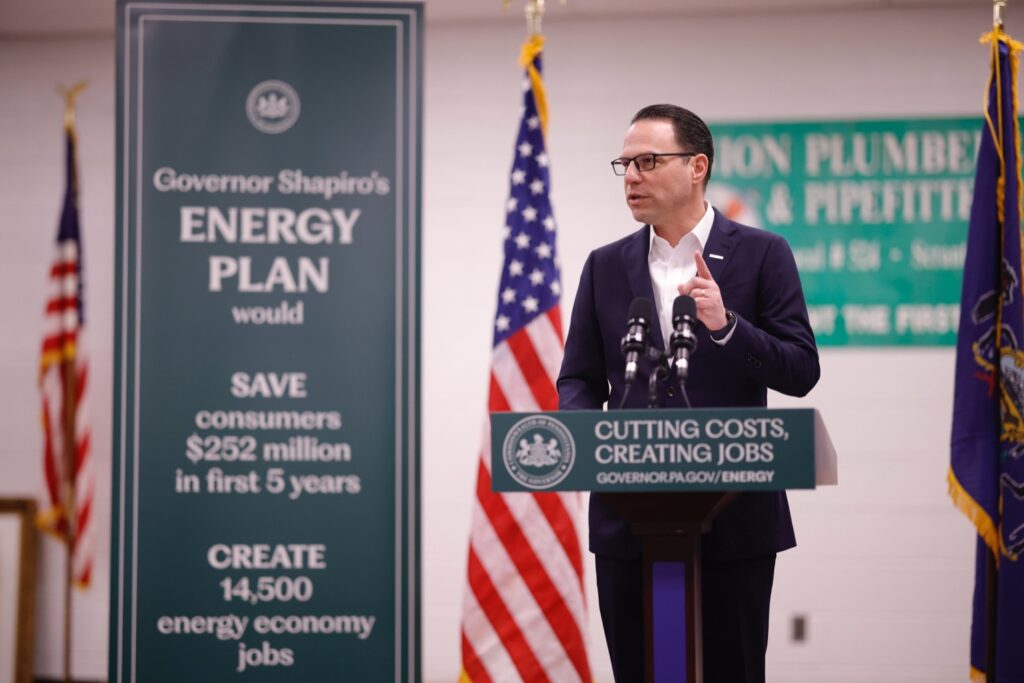
In March, Pennsylvania Governor Josh Shapiro unveiled a “Lightning Plan” to speed up permitting to build more energy generation capacity in the commonwealth, including nuclear. The plan encompasses a package of bills, including Pennsylvania Reliable Energy Sustainability Standard (PRESS), which would “modernize Pennsylvania’s outdated energy standards, incentivizing innovation in nuclear and renewable energy, including battery storage, to remain competitive with other states.”
In announcing the Lightning Plan, Governor Shapiro stated, “My energy plan will power Pennsylvania forward by incentivizing the building of next generation energy projects in the Commonwealth. We have to meet this moment, and this plan… will lower costs for consumers, create more jobs, speed up permitting, and position the Commonwealth to continue to be a national energy leader for decades to come.
Kentucky Governor Andy Beshear signed legislation in March to appropriate $10 million to create the Nuclear Energy Development Grant Program. The development follows previous advances, including Governor Beshear’s actions to approve legislation forming a Nuclear Energy Development Working Group in 2023, and 2024 legislation directing the Public Service Commission to make preparations to process applications for the siting and construction of nuclear energy facilities in 2024.
Connecticut Governor Ned Lamont highlighted nuclear energy in his 2025 State of the State address as a solution to address rising electricity costs and demand.
“Advanced manufacturing and the rapid evolution of artificial intelligence demand more electricity, and as our economy continues to grow much faster than in years past, so does demand for electricity,” he stated. “What can make a difference…is increasing supply, especially low-carbon supply… Nuclear power already provides most of our carbon-free power. That’s why we’re working with the federal government to find ways to expand nuclear capacity here in Connecticut.”
Governors are taking action to advance the reliability and affordability of a variety of energy sources, and permitting reform is a priority on both sides of the aisle. The Governor-led Economic Development and Revitalization Task Force adopted federal priorities for 2025 to support this goal, including:
- Accelerating infrastructure project delivery and streamlining permitting, while establishing Governors’ priorities for the next surface transportation reauthorization;
- Advancing technology innovation and securing energy resilience to strengthen the country’s economy and national security;
In a task force panel at NGA’s Winter Meeting in February, Governors discussed these energy priorities with Interior Secretary Doug Burgum.
To learn more about Governors’ energy priorities and work to advance permitting reform, visit the Economic Development and Revitalization Task Force page.




